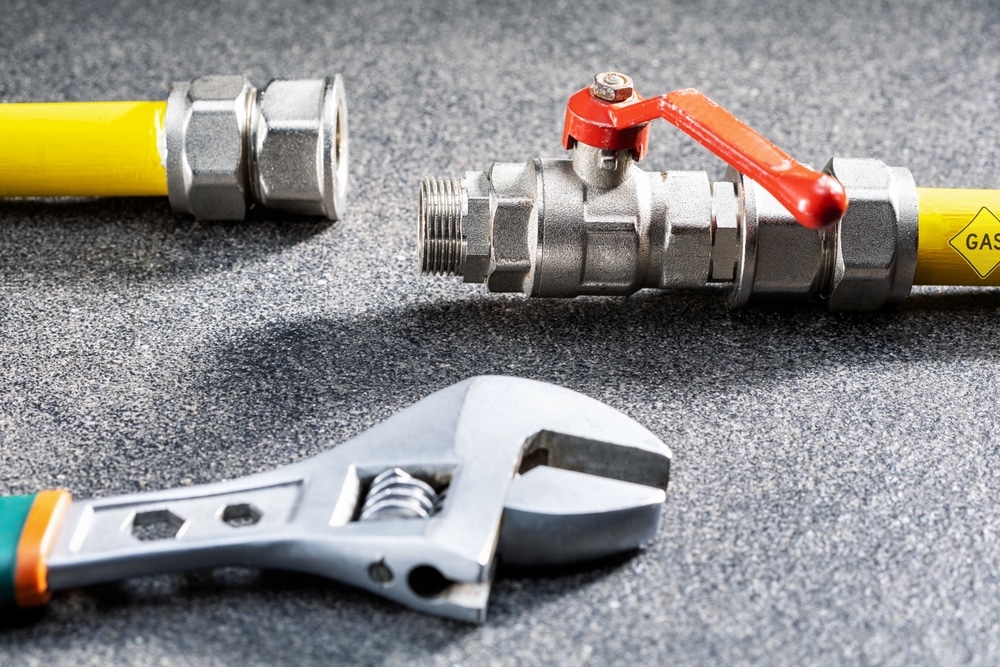Choosing the right piping material for your home is a vital decision that affects the efficiency, durability, and longevity of your plumbing system. Two of the most popular piping materials currently available for residential plumbing are copper and PEX (cross-linked polyethylene). Each material offers its unique set of advantages and disadvantages that may influence your choice depending on factors such as installation, cost, maintenance, and overall performance.
In this article, we will thoroughly compare copper and PEX piping, providing you with the necessary information to determine the best fit for your home’s plumbing needs. We will explore the benefits and drawbacks of each material, considering factors such as corrosion resistance, thermal conductivity, water quality, and ease of installation. By the end of this article, you’ll be better equipped to make an informed decision that ensures a reliable, efficient, and long-lasting plumbing system in your home.
Embark with us on this in-depth comparison of copper and PEX piping, and discover how the right choice can positively impact your home’s plumbing performance and longevity.
What is Copper Piping?
Copper piping has been the gold standard for residential plumbing for decades due to its durability, reliability, and performance. Available in rigid or flexible forms, copper pipes can be used for water supply, gas lines, and other plumbing applications. Copper is a natural material with antimicrobial properties, making it ideal for clean water distribution. Let’s examine some of the advantages and disadvantages of copper piping.
Advantages of Copper Piping
1. Durability: Copper pipes have a proven track record for decades-long reliability due to their resistance to corrosion and other environmental factors.
2. Antimicrobial: Copper pipes are naturally resistant to bacterial growth, ensuring better water purity and helping to prevent waterborne diseases.
3. High-Pressure Tolerance: Copper pipes can withstand high water pressure, which can prevent leaks and other issues associated with pressure fluctuations.
4. Heat Resistant: Copper pipes can handle extreme temperature changes, making them suitable for hot water distribution, and they can also be safely used in fire sprinkler systems.
Disadvantages of Copper Piping
1. Cost: Copper piping is generally more expensive than PEX due to the increasing costs of copper as a raw material.
2. Installation: Copper pipe installation can be time-consuming and labor-intensive, requiring skilled tradesmen and soldering equipment.
3. Potential for Corrosion: In some cases, copper pipes may corrode when exposed to aggressive water conditions or if connected to other dissimilar metals, leading to pinhole leaks and water damage.
What is PEX Piping?
PEX (cross-linked polyethylene) piping has become increasingly popular in the last two decades as a flexible, cost-effective alternative to traditional copper piping. Known for its versatility and ease of installation, PEX pipes are made from high-density polyethylene, which goes through a cross-linking process to enhance durability and strength. It is important to evaluate the advantages and disadvantages of PEX piping when considering it for your home’s plumbing system.
Advantages of PEX Piping
1. Cost: One of the main reasons homeowners opt for PEX piping is the lower material and installation costs compared to copper pipes.
2. Easy Installation: PEX pipes are flexible, making them easy to install in tight spaces without the need for numerous connectors or soldering. This translates into reduced labor costs and a faster installation process.
3. Freeze Resistance: PEX piping is less likely to burst when subjected to freezing temperatures, as the material can expand to accommodate the ice formation, making it an appealing option in colder climates.
4. Less Water Hammer: The flexibility of PEX pipes helps to absorb the sudden pressure changes in water flow, reducing the occurrence of water hammer – a common issue with rigid piping materials.
Disadvantages of PEX Piping
1. UV Sensitivity: PEX pipes should not be exposed to direct sunlight, as UV rays can weaken the material, requiring protection or rerouting in some instances [source: https://www.ppfahome.org/pex-uv-resistance].
2. Limited Outdoor Applications: Due to its sensitivity to UV light, PEX piping is generally not recommended for outdoor usage without proper covering or conduit.
3. Permeability to Contaminants: PEX can be permeable to certain chemicals and petroleum-based products. When used for underground water supply lines, homeowners should take extra precautions to protect the pipes from potential soil contaminants [source: https://www.ncbi.nlm.nih.gov/pmc/articles/PMC4720169/].
Choosing Between Copper and PEX Piping
When deciding between copper and PEX piping, various factors should be taken into consideration:
1. Installation and Budget: If you’re looking for an affordable and efficient plumbing solution, PEX pipes may be the better option due to lower material and labor costs.
2. Climate and Environmental Factors: Copper pipes are well-suited to hot water distribution and fire suppression systems, while PEX pipes might be a better choice for areas prone to freezing temperatures.
3. Water Quality: If water purity is a concern, copper pipes, with their natural antimicrobial properties, should be considered. However, thoughtful installation and ensuring a non-aggressive water supply can minimize concerns with PEX piping.
4. Longevity and Durability: Copper pipes have a long-standing history for durability and resistance to water pressure fluctuations, while PEX pipes are still comparatively new, though they have been gaining popularity for their flexibility and freeze resistance.
Coast to Coast Plumbing and Rooter – Your Solution for Reliable Piping Systems
Both copper and PEX piping provide unique advantages and disadvantages to consider when evaluating your home’s plumbing needs. Ultimately, the choice between copper and PEX piping comes down to budget, climate, water quality, ease of installation, and personal preferences. By understanding the key differences between these two materials, you can now make a more informed decision to ensure the best-fit piping solution for your home’s plumbing needs.
As a trusted plumbing solutions provider in Los Angeles, Sherman Oaks, Burbank, West Hollywood, Los Feliz, Encino, and Studio City, Coast to Coast Plumbing and Rooter has the expertise and experience to guide you towards the best possible solution for your home. Our skilled technicians can help you weigh the pros and cons of copper and PEX piping, taking into consideration climate, water quality, and budget constraints. Don’t leave the future of your home’s plumbing system to guesswork; trust our professionals to ensure your home is equipped with the best material to suit your specific needs. Contact us today to schedule an appointment!























